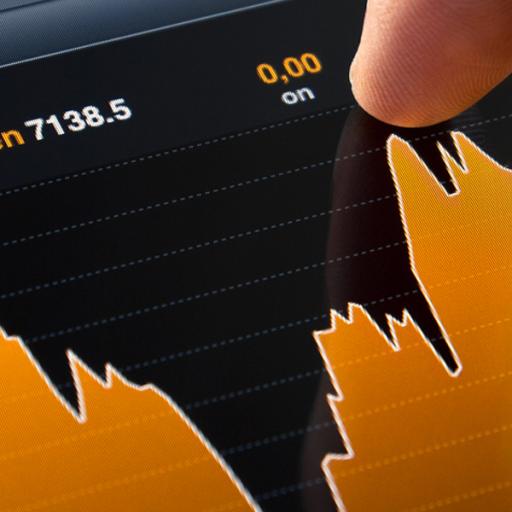An interesting issue for investigation in Portfolio Analysis is the implications of measurement errors in the stock returns that are included in the portfolio’s composition. The interesting questions to be investigated are the implications of measurement errors in stock returns both on the portfolio’s composition as well as on the calculation of the portfolio’s short and longer term returns.
The prices at which stocks are bought and sold during an Exchange’s trading session usually vary significantly from the closing price. Each Exchange uses a method to calculate a final, closing price for each stock. This is the price used by investors and fund managers to evaluate their portfolios. In theory, the closing price should reflect in the best possible way the trend of the stock’s price as it has been formed during the trading session. If the method of calculation of this price contains “errors”, that is it does not accurately reflect all the information contained in intraday prices, then these “measurement errors” could have some implications in stock selection, portfolio management and evaluation etc. Moreover, in practice, the methods of calculation of stocks’ closing prices are sometimes prone to manipulation, in other words certain trades are performed during the closing period in view of affecting the official closing price.
In the case we analyze, that of the Athens Stock Exchange, the actual trading hours are from 10:00 in the morning until 5:00 in the afternoon. According to ATHEX’s Trading Regulations, the Central Trading System of the ATHEX Exchange can utilize any one of five algorithms to calculate the closing prices. These are: 1. Last traded price 2. Weighted average of the x last trades. 3. Weighted average of x% of the trades, 4. Weighted average of the trades that make up x% of the total volume traded during the session. 4. Weighted average of all the trades of the last x minutes of the session. In all cases, the weights used are the number of stocks in each trade. From our information, the method that is actually used is the last one, where the weighted average of the last 30 minutes is used. In fact, the Board of the Exchange, recognizing the possibility of manipulation, retains the right to use any one of the above methods without formally announcing which one is used.







